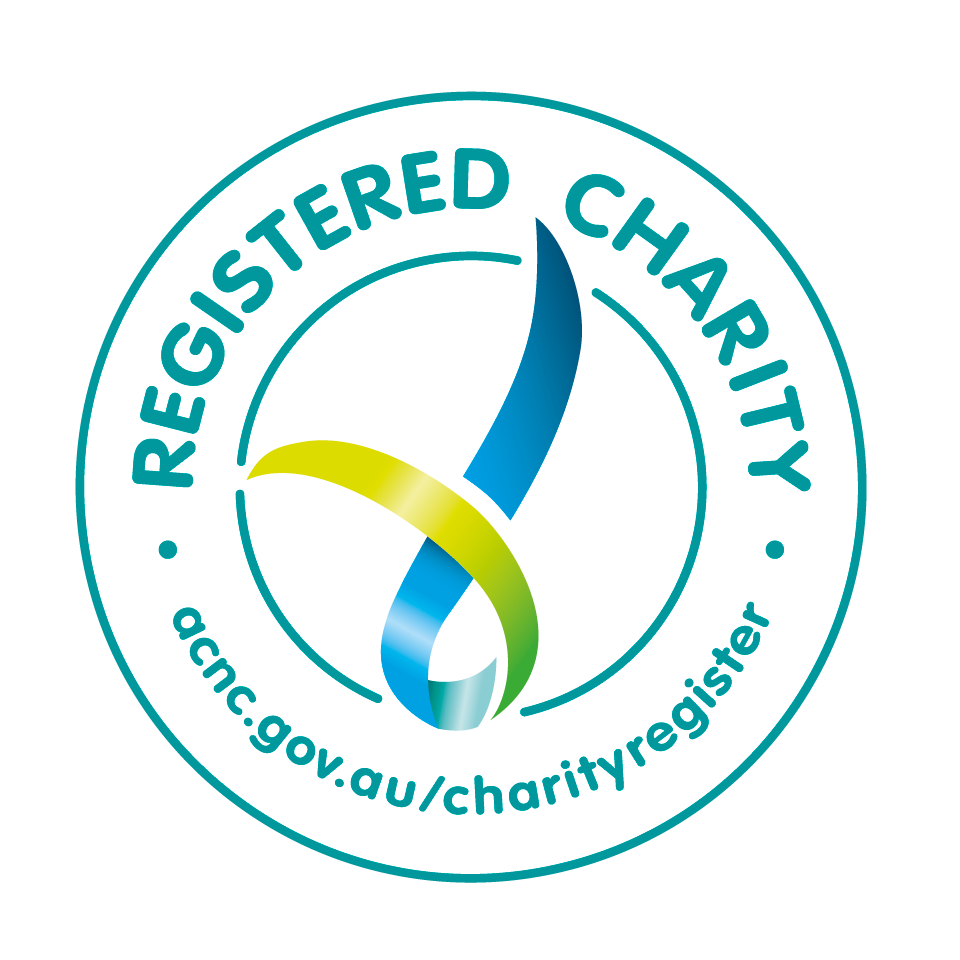Keeping their children safe is a key priority for every parent. Childcare and Education providers become trusted partners for families as their children grow and learn. Child Safety training for your educators enhances these safe environments for children in your care.
The first five years of life are the most critical for building the foundations for life-long learning, wellbeing, and health. These early years of education prepare children for more formal education in primary and secondary school. Parents and teachers build long-lasting trust as they play a critical role in each child’s growth. Parents and children desire trusted safe environments in childcare, early learning centres, kindergartens, long day care, out of school hours care, and primary and secondary schooling.
ChildSafe Australia is the expert in child safety that your organisation can rely on to help your staff meet your child safety requirements. ChildSafe’s framework strengthens your organisation’s screening, training, incident reporting, and risk management.
ChildSafe empowers organisations with training resources and tools to develop a culture of safe people, safe programs and safe places.
ACECQA and NQF Frameworks
The Australian Children’s Education and Care Quality Authority (ACECQA) is the independent national authority that assists governments in administering the National Quality Framework (NQF) for children’s education and care.
The National Quality Framework (NQF) provides a national approach to regulation, assessment and quality improvement for early childhood education and care and outside school hours care services across Australia.
The NQF Framework continues to align with the National Principles for Child Safe Organisations.
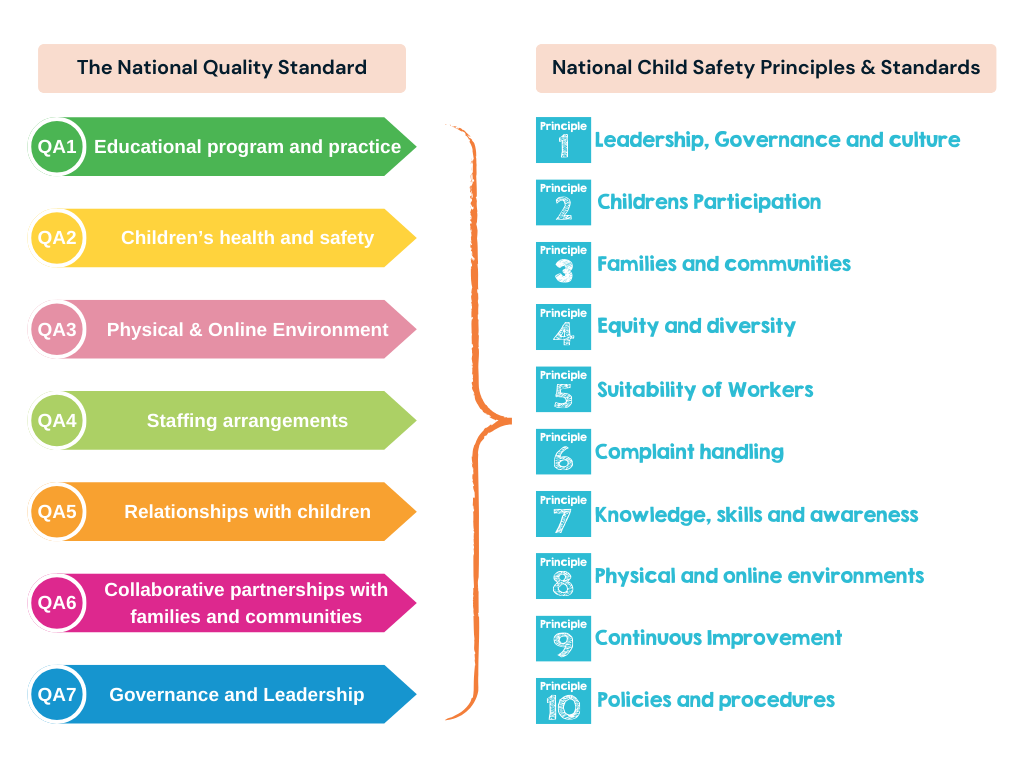
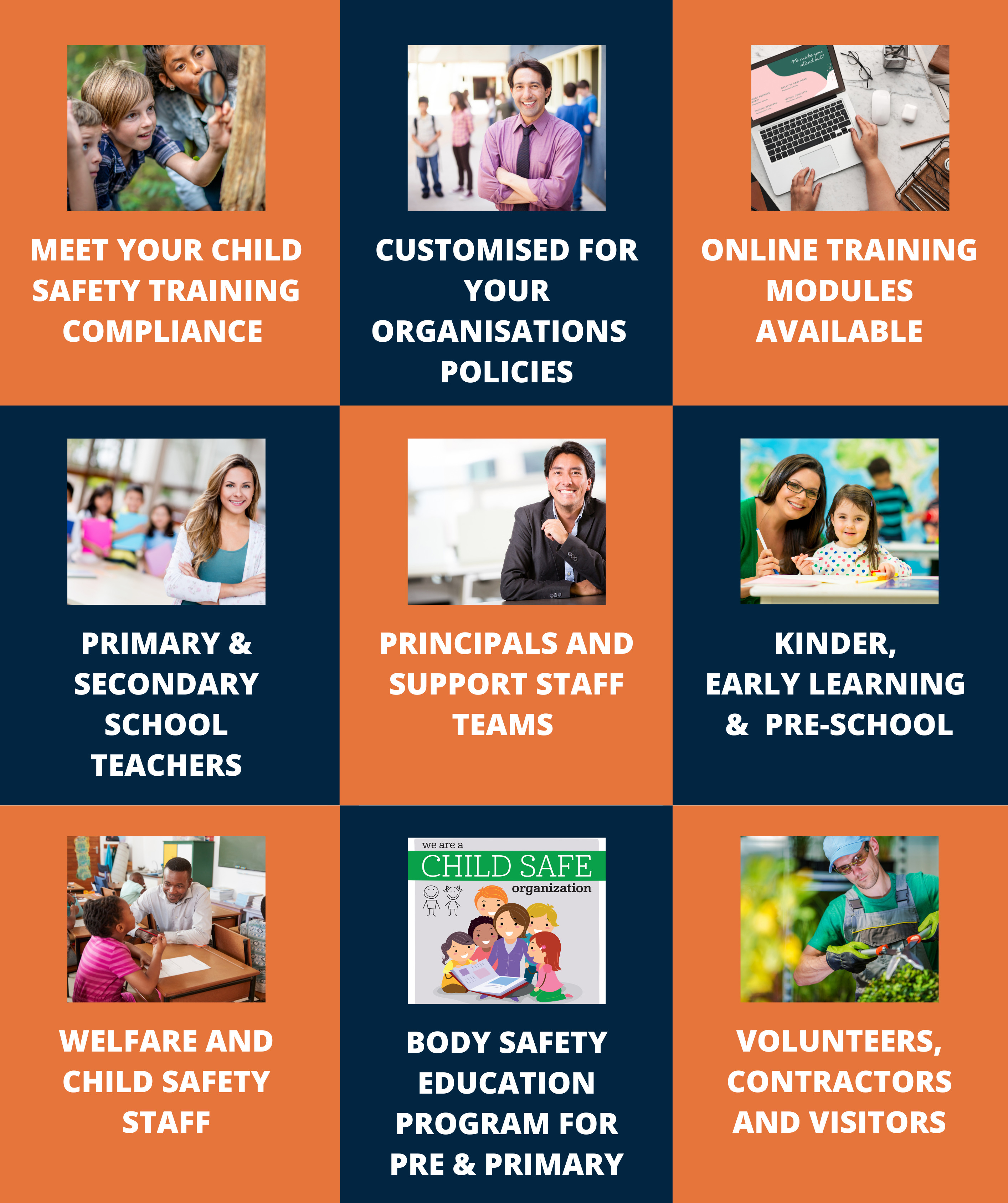
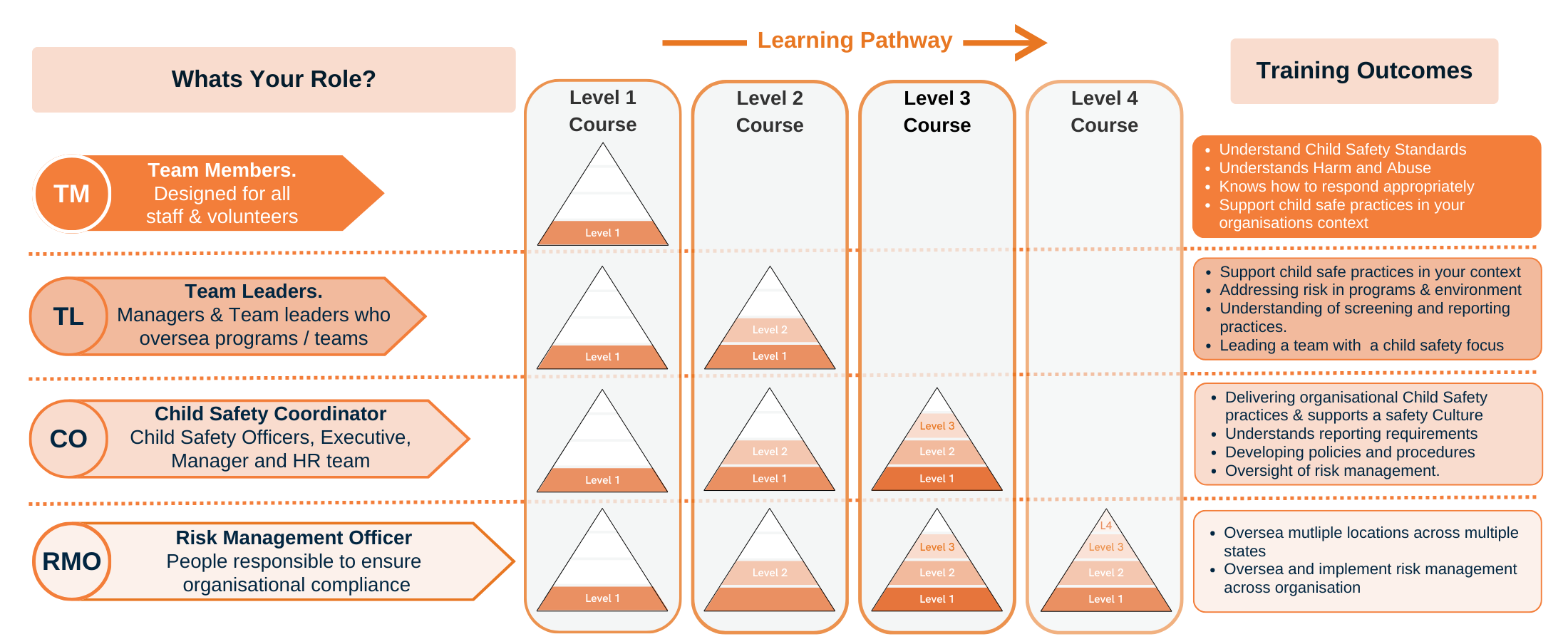
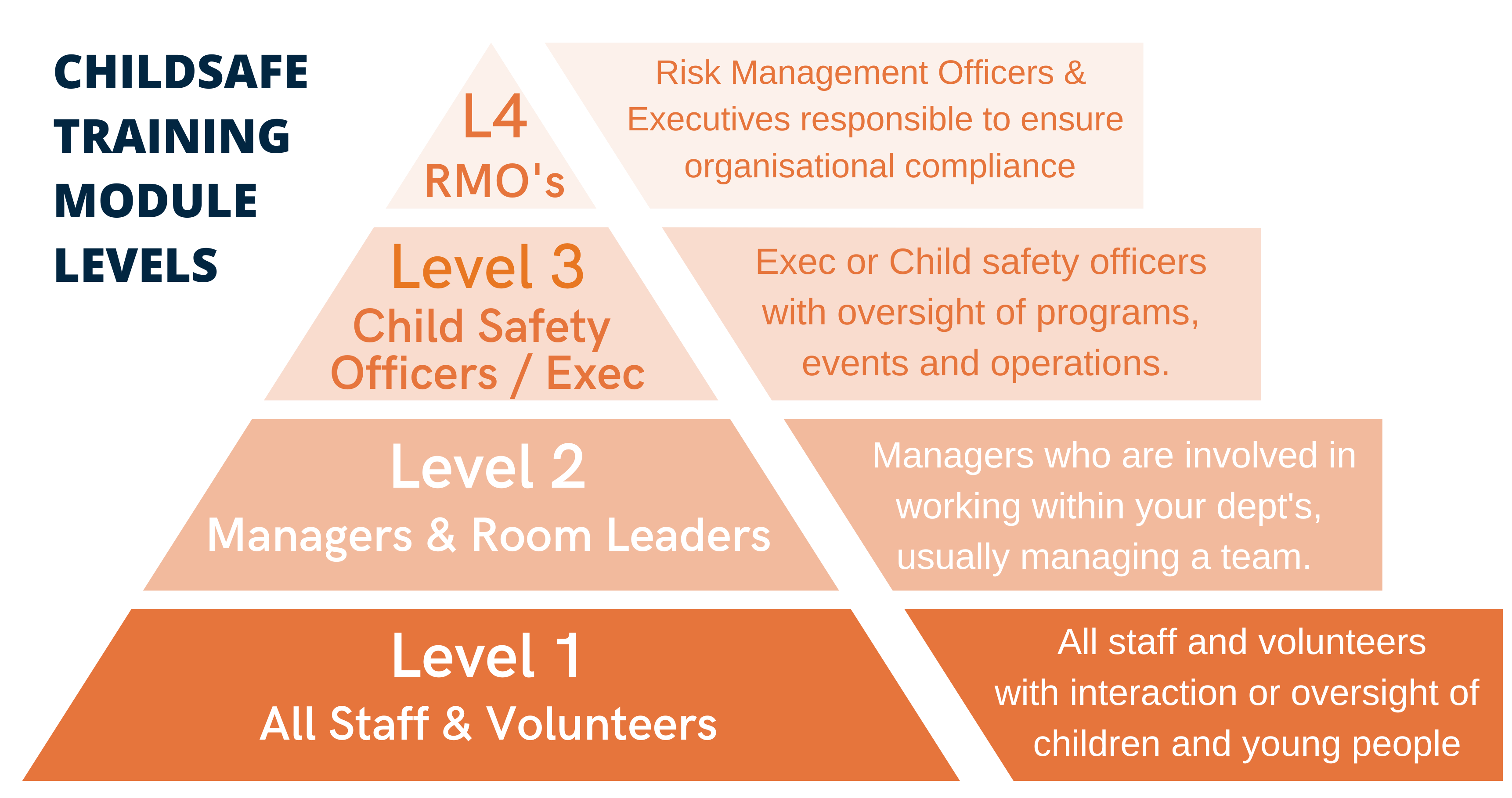
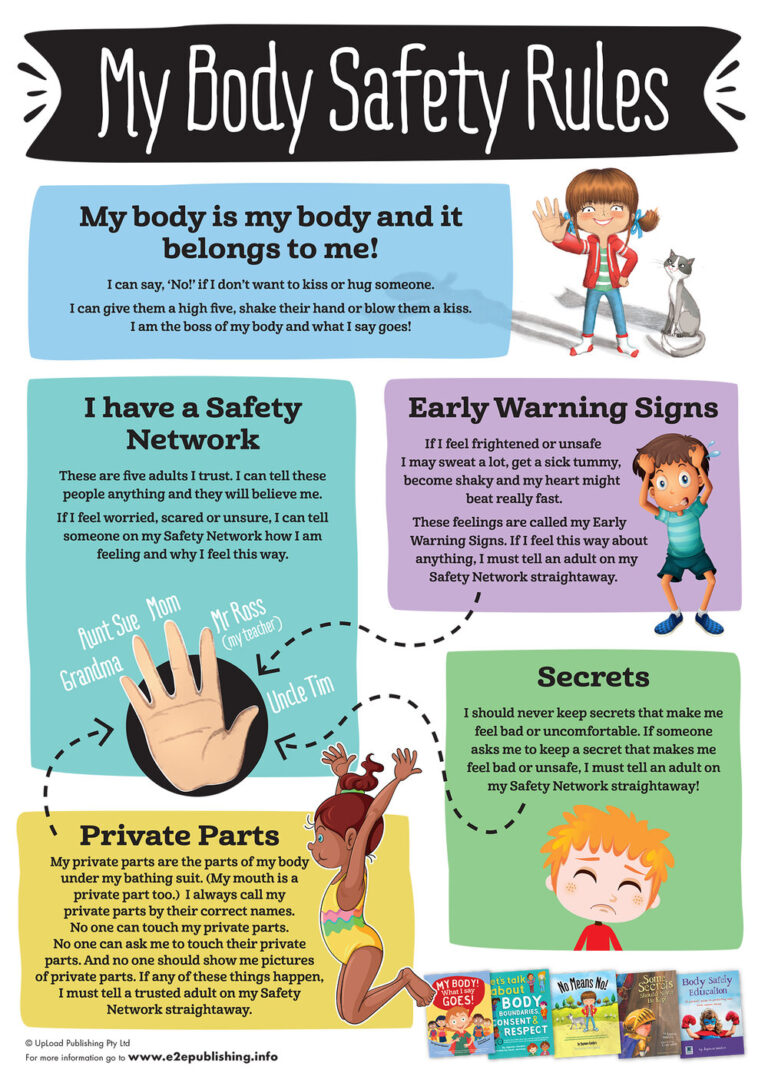

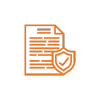
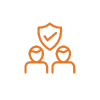

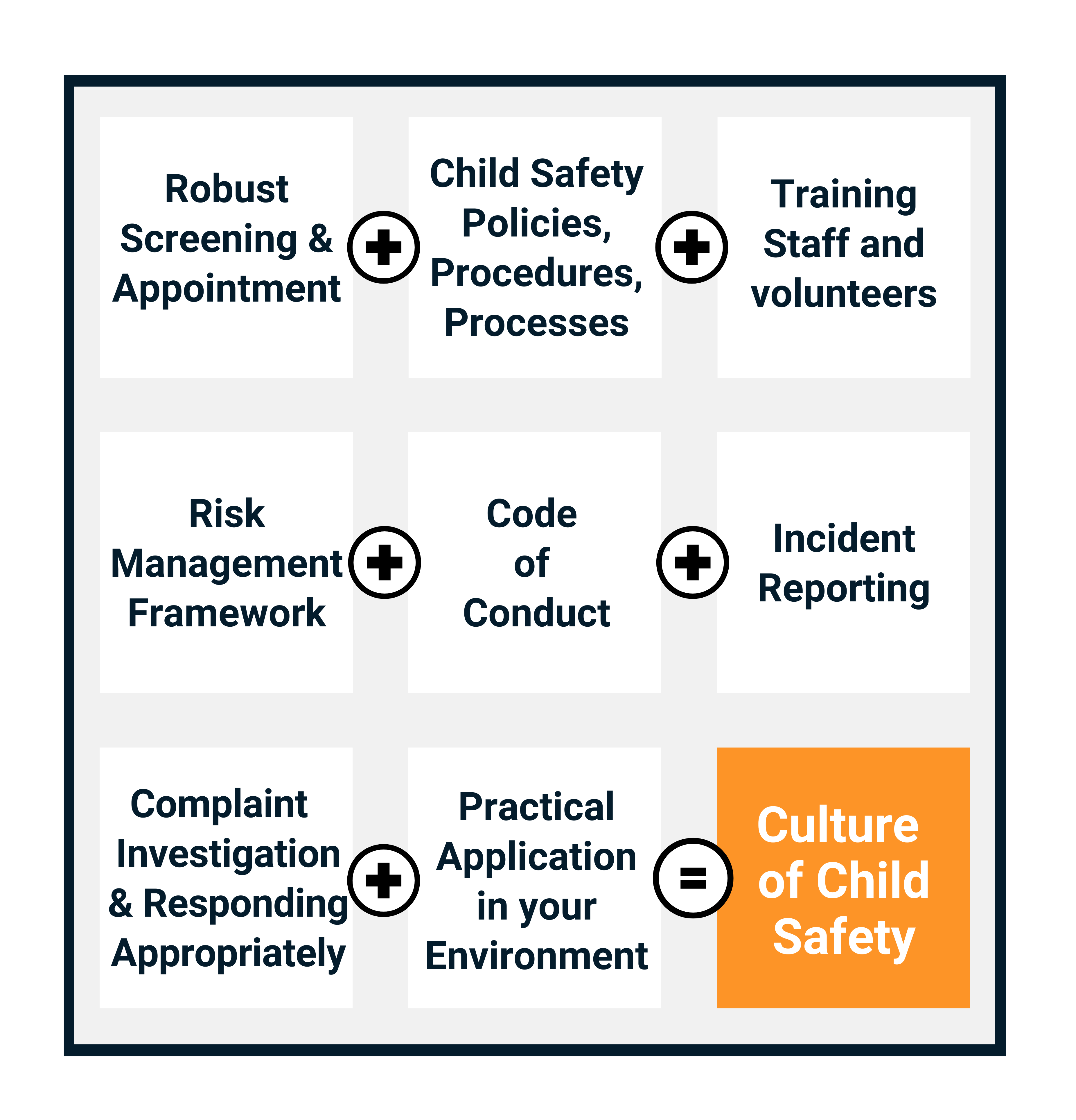
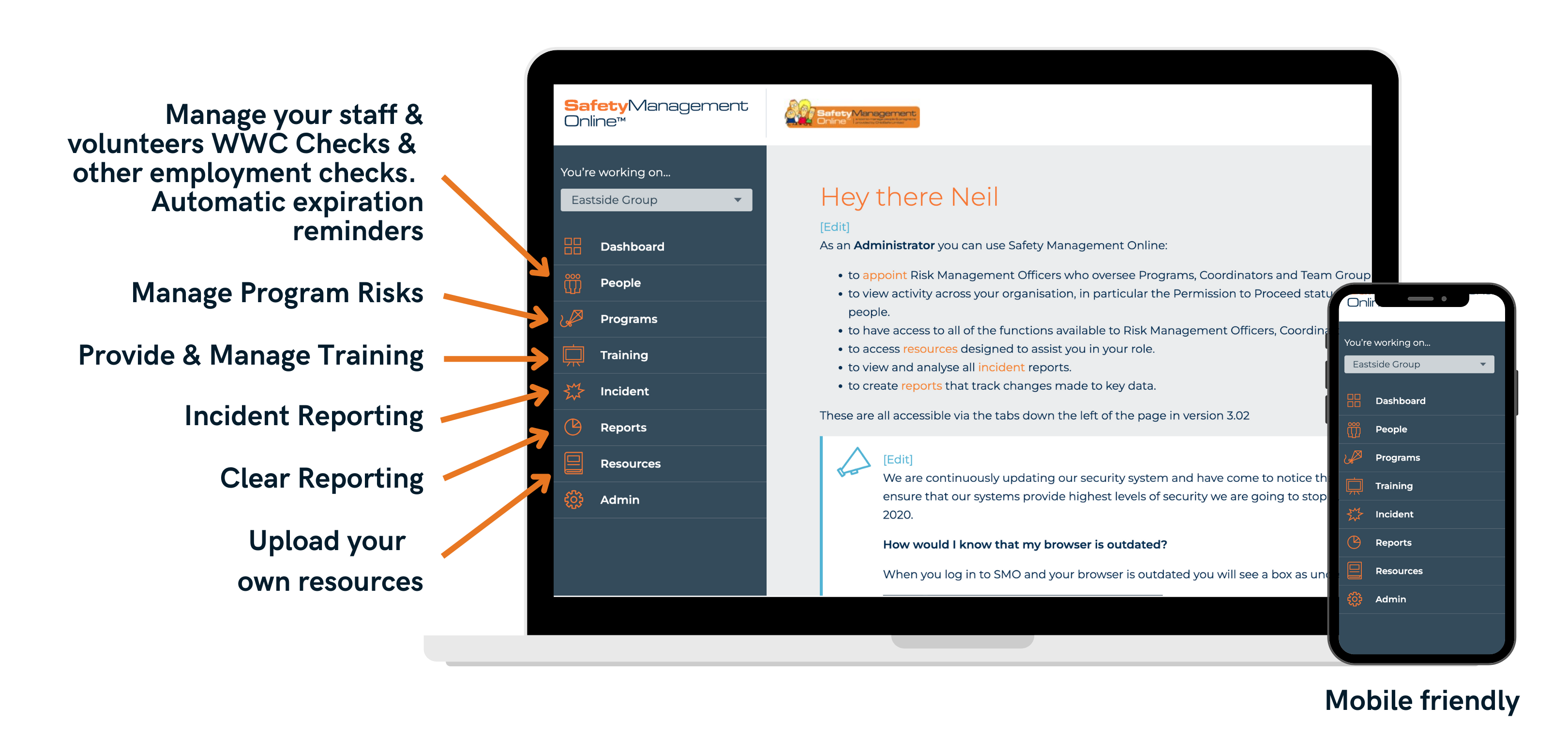
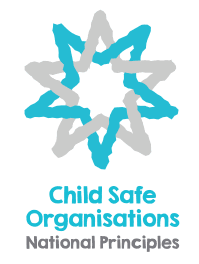
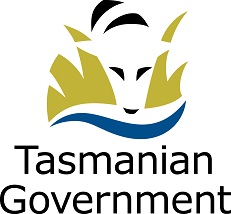
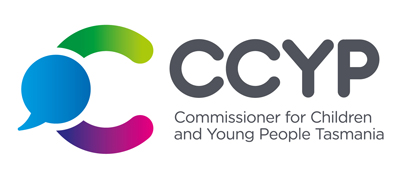
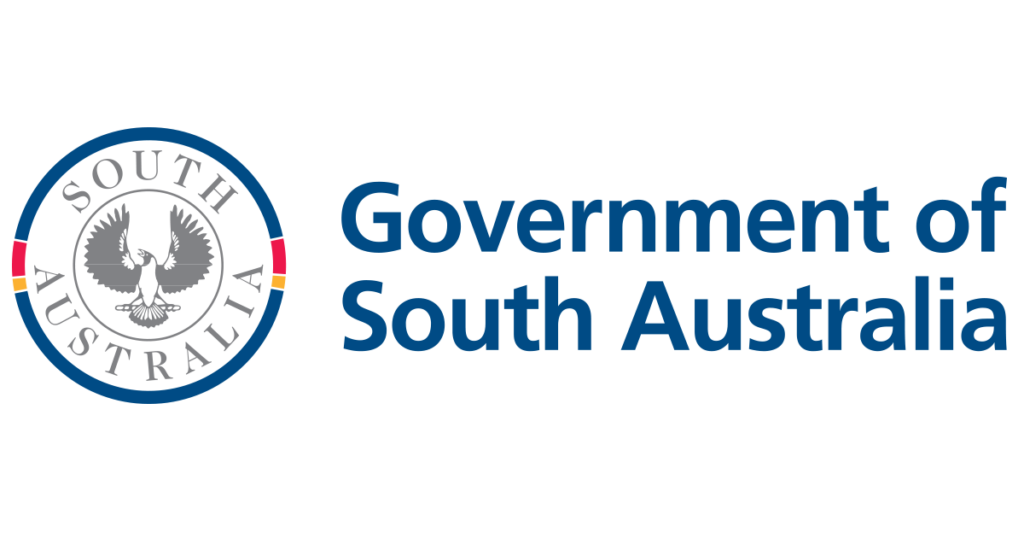





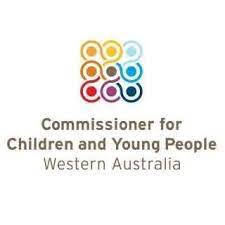
![ccyp-logo.vIAZNKXHynWmr7zuuqXQag[1]](https://www.childsafe.org.au/wp-content/uploads/2022/12/ccyp-logo.vIAZNKXHynWmr7zuuqXQag1.png)
